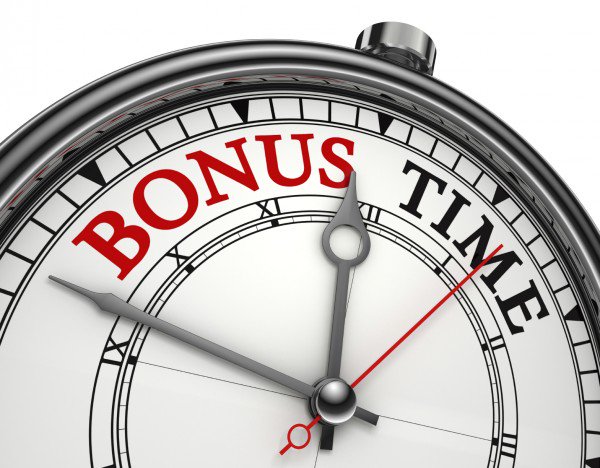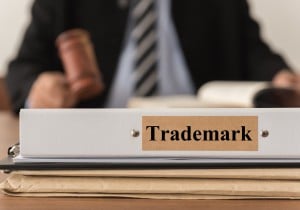Do you need a contractor to outsource blog writing services or a full-time employee assistant to take over the front office? Maybe both? When I decided to hire my first administrative assistant, I was terrified that I would not even have enough money to pay her the meager wages that I offered. Paying her $15 per hour for five hours a week (in Austin, Texas), I was afraid that I would have to let her go and start from scratch if I didn’t get another client. Thankfully, this never happened because hiring my first assistant allowed me to free up time from minor tasks to generate more revenue to improve my client experience, optimize my systems and processes, and grow my business revenue. I’ll never go back to doing everything by myself!
(For a refresher on how to delegate tasks, complete the task dump and sorting activity. No, seriously, I’ll wait.)
Now that you have an idea of how much time you are wasting by continuing to create Instagram posts and answering calls from tire-kicking prospects, you must delegate. Yes, that means hire! Hiring outside help can be overwhelming because it requires more of your time (initially) and will take an assessment of your firm’s needs. This investment is worth it.
A lawyer recently told me that she hired her diligent cousin, an organized, nitpicky planner, to help with never-ending administrative tasks. Spoiler alert: Cousin Mia was not a great fit. Another colleague hires virtual assistants from foreign countries because of the low cost. She keeps a revolving door of assistants because, in her experience, they are not reliable.
Hiring family and low-cost foreign (or domestic) workers may not be the best course of action (heck, even with high-cost workers, hiring can be a crapshoot). Due to the potential relationship damage and possibly exploitative labor practices, consider hiring with more structure. How? I’m so glad you asked. I’ll tell you how I hire (as a non-HR pro), but it may involve homework for you:
Get Crystal Clear On Your Firm Values
If you haven’t already defined your firm’s philosophy and values, start here. Hiring values-aligned employees provides clarity when presented with someone who has the required skill set but would be a terrible fit. One of my firm values is boldness, and we boldly (go figure) champion social justice initiatives. We also say bigots and racists can find the door; if a potential candidate reads this and recoils at our bold stance, we are not the firm for her.
Write a Creative Job Posting
Put on your creative writing hat. When is the last time you saw a law firm post a clever, entertaining, or dare I say, funny job posting? Never? Yeah, me too — until I wrote one. Your job should express your firm values and list the job qualifications, salary, and experience level. Still, nothing stops you from deviating from cookie-cutter job postings you find on the internet. I once had an employee tell me that my job posting was the first time she felt excited and compelled to apply for a legal position in over a year. That is substantial praise. (Email me if you want a copy of my magical post.)
Prepare For The Interview
Be intentional and ask questions during the interview that are relevant to the position. If you are hiring an associate attorney, ask questions about work style, communication, organization, conflict resolution, handling mistakes, etc. Suppose I don’t prepare a list of questions beforehand. In that case, I am liable to talk about my favorite documentaries on Netflix (“High on the Hog” is a revelation) and hire based on new friendships rather than the needs of the position and firm.
Make An Offer She (Hopefully) Can’t Refuse
Yay, the fun part! You have finally selected your first choice, but you are not in the clear. Candidates can counteroffer out of your price range and decline. Feeling disappointed when you can’t hire your top employee is a normal part of the business. At the end of 2020, I wanted to hire a business manager, but I couldn’t match what another company offered her for salary. I sadly parted ways, but I know I will be able to hire her or someone of her caliber soon. Growth is part of this employer journey.
Onboard Your Shiny New Employee
Don’t stop when you hire the right person. The hardest part of hiring someone is the time investment for training her to understand your firm. I have a 30-60-90 day onboarding process where the new hire and I (or an appropriate staff member) meet weekly. We follow up on tasks and assignments; the new hire can ask questions and track progress. I schedule time on my calendar to make myself available. You can terminate the new employee during this probationary period if you realize that she is not a good fit — and you aren’t violating any laws! Hire slow, but fire fast.
If All Else Fails, Outsource!
Many attorneys resort to doing everything because they feel defeated about repeated failed hires. It may be the caliber of your employees, or maybe it’s you. Most lawyers aren’t HR professionals, which is why it benefits us to consider outsourcing hiring to a fractional HR/operations consultant. This is how I choose to hire.
I’d love to hear your constructive comments or questions at iffywrites@ibekwelaw.com. I am always looking for topic suggestions! Did I mention that I signed with a literary agent for my upcoming estate planning book? You can read all about it here.
 Iffy Ibekwe is the principal attorney and founder of Ibekwe Law, PLLC. She is an estate planning attorney evangelist for intergenerational wealth transfer with effective wills and trusts. Iffy is writing her first book on culturally competent estate planning, available in 2022 (prayers up!). She graduated from The University of Texas School of Law and has practiced law for over 14 years. Iffy can be reached by email at iffywrites@ibekwelaw.com, on her website, and on Instagram @thejustincaselawyer.
Iffy Ibekwe is the principal attorney and founder of Ibekwe Law, PLLC. She is an estate planning attorney evangelist for intergenerational wealth transfer with effective wills and trusts. Iffy is writing her first book on culturally competent estate planning, available in 2022 (prayers up!). She graduated from The University of Texas School of Law and has practiced law for over 14 years. Iffy can be reached by email at iffywrites@ibekwelaw.com, on her website, and on Instagram @thejustincaselawyer.






 Kathryn Rubino is a Senior Editor at Above the Law, and host of
Kathryn Rubino is a Senior Editor at Above the Law, and host of 













